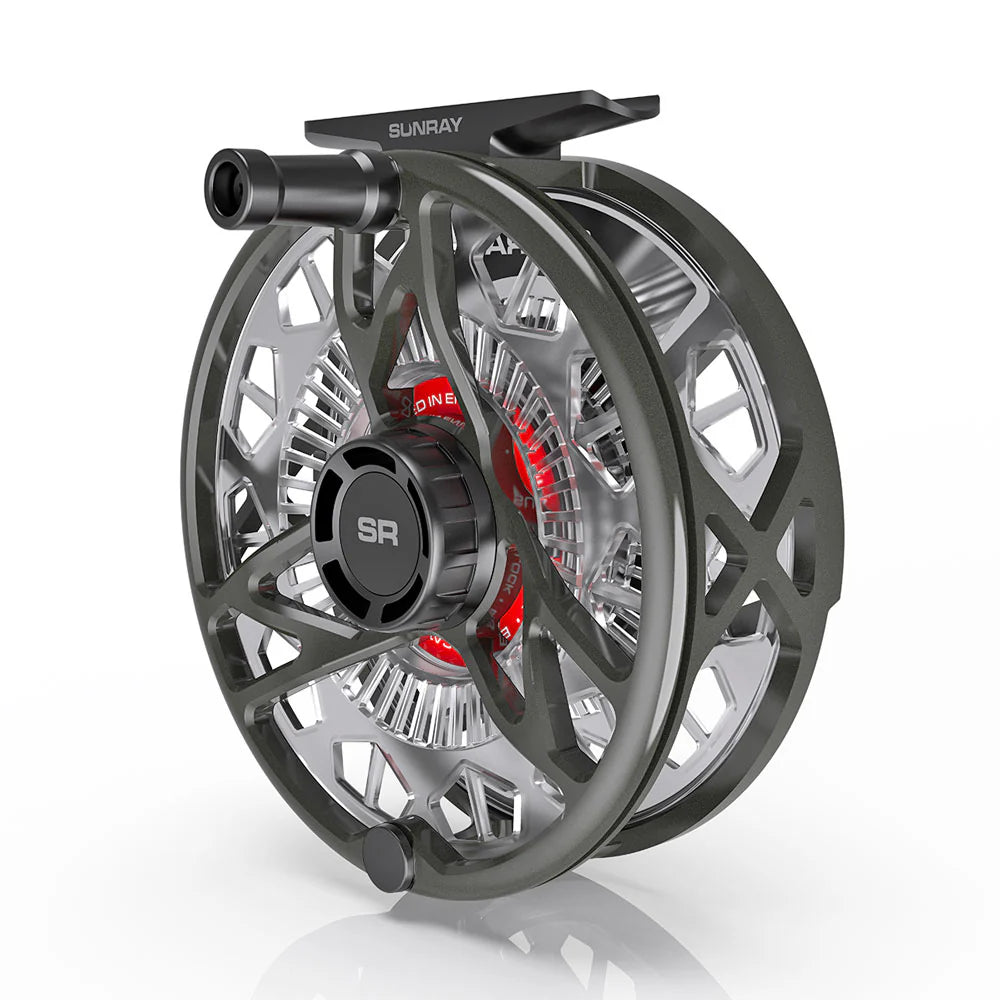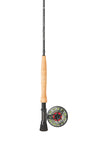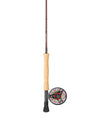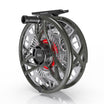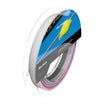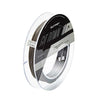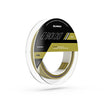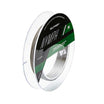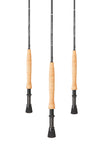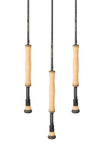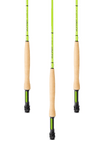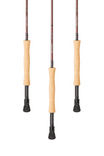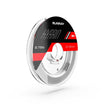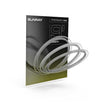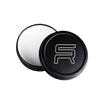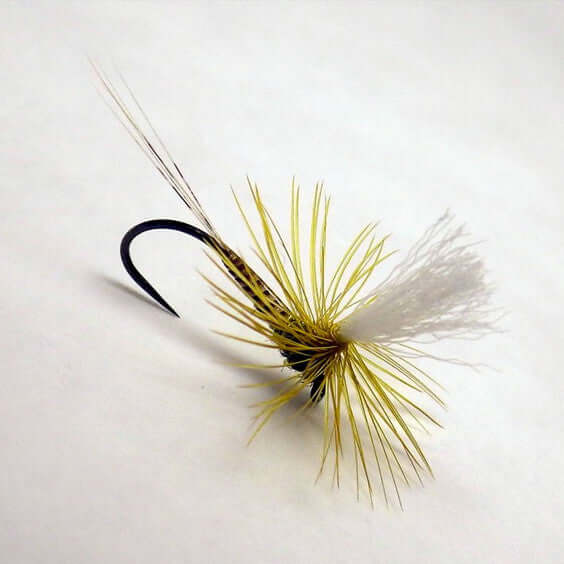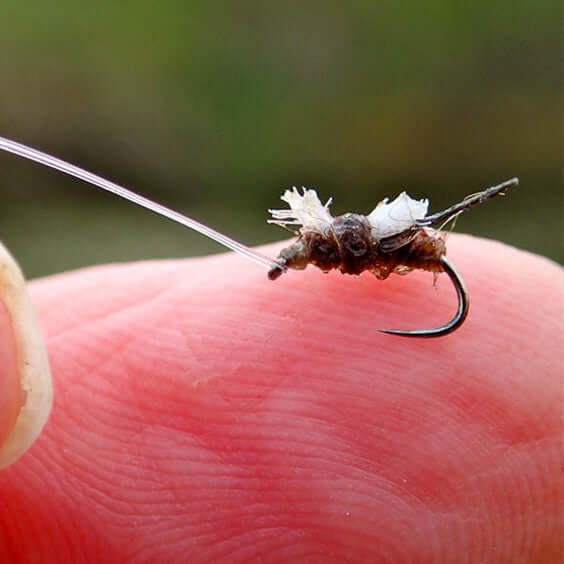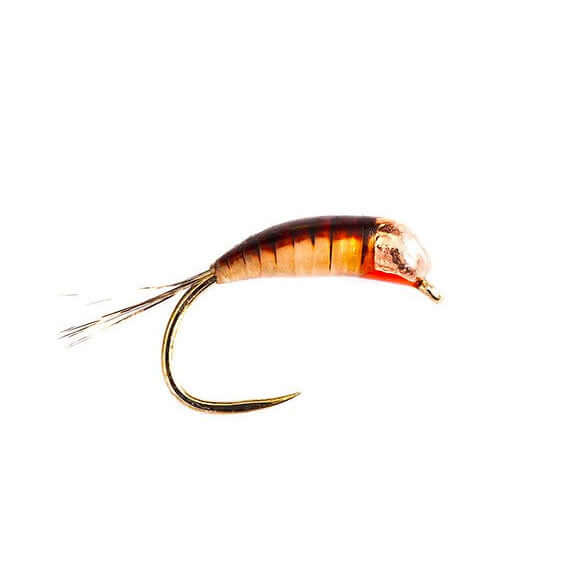A pattern which fills me with confidence, utterly. It can be tweaked to imitate a wide range of invertebrates; from baetis to heptagenia, from caenis to danica. Their application is myriad.

Dun and Spinner
Covering the dun and spinner stages of the lifecycle, rarely has there been a pattern which is so adept or at home on fast broken waters, as it is on slow, glassy glides. The Paradun is a generic pattern that has it all, certainly for me anyway plus they float like absolute corks and are highly visible, even down to size #32! Did I mention they have it all?
I've been fishing and tying paraduns for a long time now. So long in fact, that I cant actually remember the first time I fished one. Its strange then, that I can remember (vividly remember) a brilliant and huge array of delicate sips and violent rises from both trout and grayling for which these simple patterns have helped generate.

Parachute flies
Paraduns are simple things really and, like most things in life, we can over complicate them. In its barest form, however, the paradun has (generally) six triggers and, considering this is quite an unpretentious pattern, thats quite a few. Still, keeping things simple isn't necessarily all that easy, but I like to think of these triggers as:
1. Tails
2. Tail length
3. Body shape
4. Body size
5. Hackle footprint (feet, wings, etc.)
6. Overall pattern footprint

When it comes to dry flies, I've never been much of a believer in body colour, as everything from within or just above the surface film will take on a dark, almost black silhouette (nymphs, that is a talk for another time). I'm much more an advocate of presentation over pattern any day of the week, however, (and for aesthetic reasons), I will replace a dubbed abdomen with that of a stripped-quill body now and again, just because it looks cool. What the fish think of this change, well, my guess is as good as yours. I've honestly not seen any huge variance in catch-ratio.
Body shape, general pattern size, as mentioned above, is what I believe in. You want a spent spinner pattern, use a slightly large hackle to enhance the length of the hackle, and tie the tails slightly longer. Easy.
The most important thing when tying paraduns (I believe), is 1) a slim, tapered body, and 2) getting the hackle perfect, and just a fraction past the body in length (and you don't need too many turns either). I find stripping a section of the winding/leading side of the hackle helps to lay the hackle much more neatly. Try it yourselves to see the effect. On a size #16 paradun, Ill tie 4-5 hackle wraps maximum, and thats it. This is where high quality genetic rooster hackles come into their own, and I only ever use capes and saddles from Whiting Farms. Remember, the buoyancy comes from the hackle, not the hackle post.
I also mentioned the mythical hook size #32. When I demo at shows, there are always a few visitors that look at my fly stands and ask, Can you tie us that please? I instantly know what pattern they're referring to. They are, of course, pointing at the size #32 paradun (I do need to remove that pattern from my stands). Joking aside, a paradun in any size, thanks to its highly visible hackle post, can be seen from quite a distance when conditions permit, even on faster, broken water. For this reason, I usually opt for a fluorescent pink post, with white posts being kept for slower, glassier glides where flecked water is at a minimum as paraduns can sometimes become lost in busier water.
From small, steep, Welsh mountain streams, to lower-altitude mainstreams; as long as there are trout, and they are feeding on duns (and even caddis), they'll take a paradun a high percentage of the time presented on a Sunray micro thin line.

Paraduns fish well, cast well, are highly visible, and they are easy to tie. Why would you not?
Happy tying, and long live Paraduns!
Tying Ingredients:
Hook: Standard Dry (I opt for Partridge of Redditch SLD2)
Thread: Semperfli Nano-Silk Ultra for as thin a profile as possible
Tails: Coq de Leon
Body: Stripped peacock quill, rabbit fur, hareís ear, synthetic superfine dubbing, the list is endless
Hackle Post: Tiemco AeroDry Wing, fluorescent pink
Hackle: Whiting Farms Genetic Dry Fly Hackle (cape or saddle)


